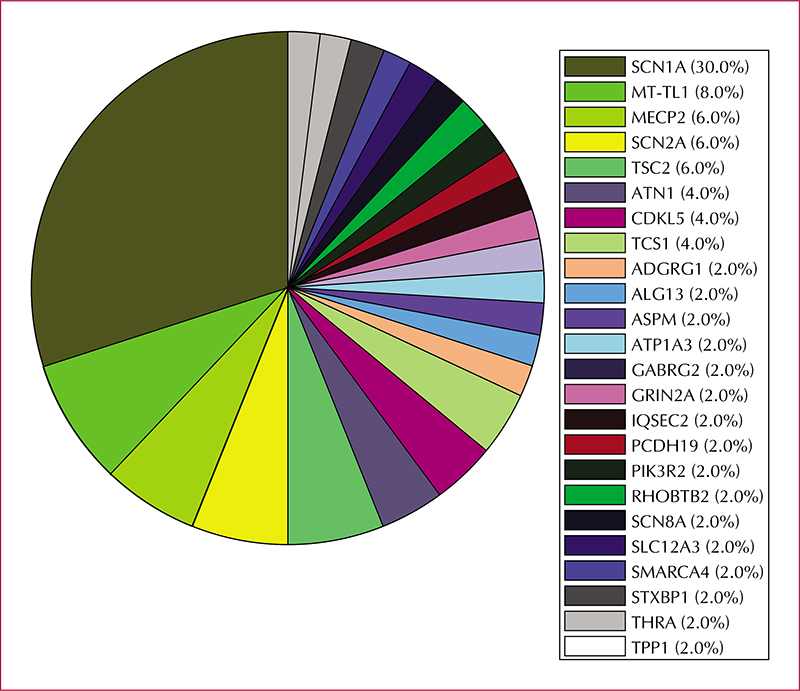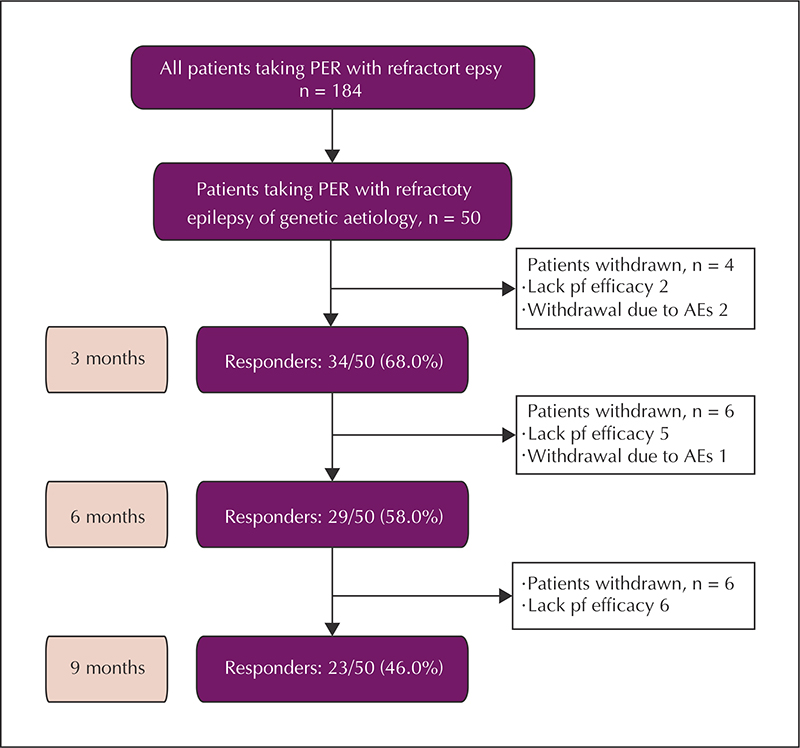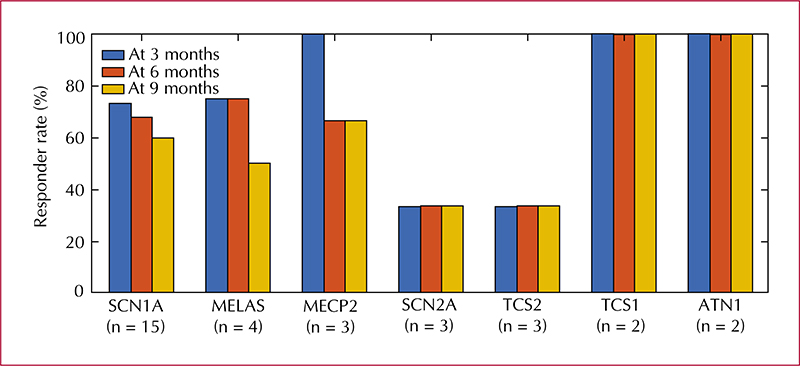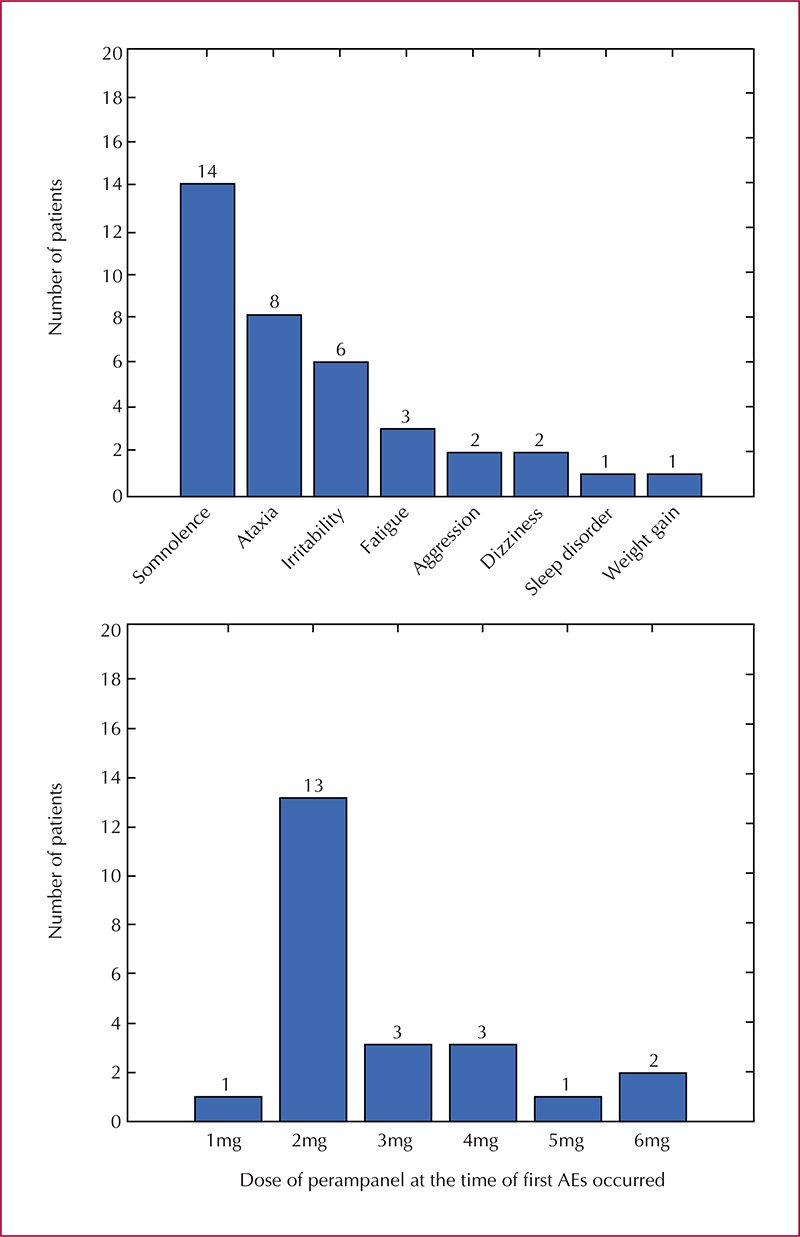Epileptic Disorders
MENUUse of perampanel in children with refractory epilepsy of genetic aetiology Volume 24, numéro 4, August 2022
- Mots-clés : refractory epilepsy, genetic aetiology, perampanel, Dravet syndrome, tuberous sclerosis, mitochondrial encephalopathy
- DOI : 10.1684/epd.2022.1443
- Page(s) : 687-95
- Année de parution : 2022
Objective
Pathogenic mutations in refractory childhood epilepsy are being increasingly discovered. In this study, we analysed the efficacy and tolerability of perampanel as treatment for genetically-related refractory childhood epilepsy.
Methods
This prospective study, conducted in China, included 50 patients with refractory epilepsy of genetic aetiology, who were treated with adjunctive perampanel therapy. Perampanel treatment was considered effective when the seizure frequency was reduced by >50%. Perampanel treatment was evaluated over at least nine months, from January 2020.
Results
A total of 184 paediatric patients with refractory epilepsy received addon perampanel therapy, and of these, 128 received treatment for nine months and underwent genetic analysis. Fifty children were identified with pathogenic or likely pathogenic variants. A total of 24 different causative monogenic mutations were found, and the most common causative monogenic variants were observed in the SCN1A gene (n = 15). The mean maximal dose of perampanel was 3.4±1.2 mg/day in responders. The response rates to perampanel in children with genetically-related refractory epilepsy (n=50) were 68.0%, 58.0%, and 46.0% at three, six and nine months post-initiation, respectively. Adverse events were reported in 23 patients (46.0%) with genetic aetiology. Somnolence, ataxia, and irritability were the most common adverse events. The response rates to perampanel in children with pathogenic or likely pathogenic variants associated with Dravet syndrome, tuberous sclerosis, mitochondrial encephalopathy with lactic acidosis and stroke-like episodes, Rett syndrome, and dentatorubral-pallidoluysian atrophy were high.
Significance
A low maintenance dose of perampanel may be effective and welltolerated as adjunctive treatment in children with refractory epilepsy of genetic aetiology.





